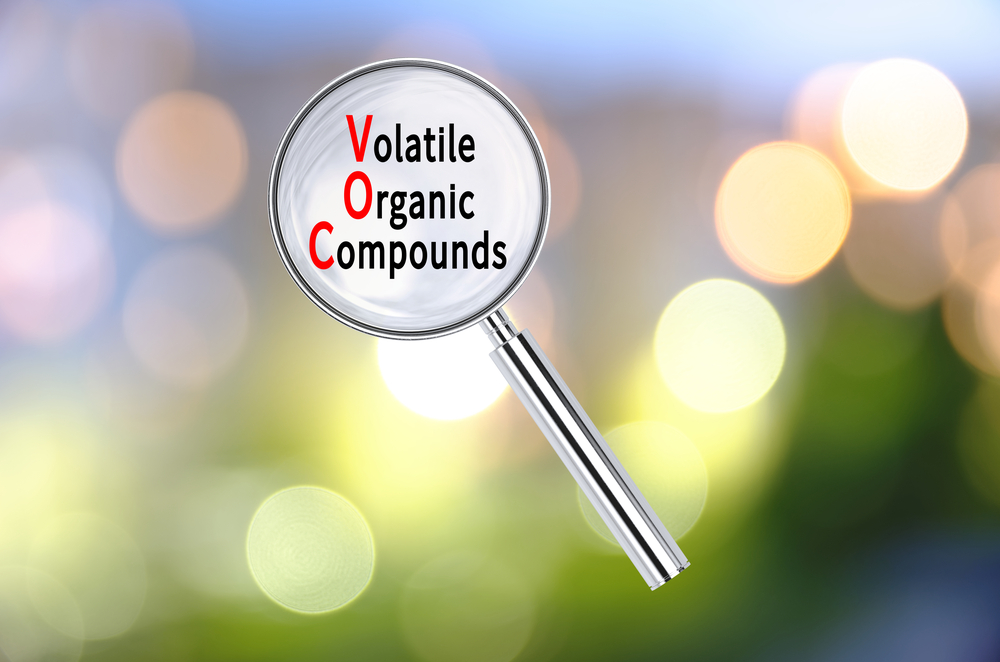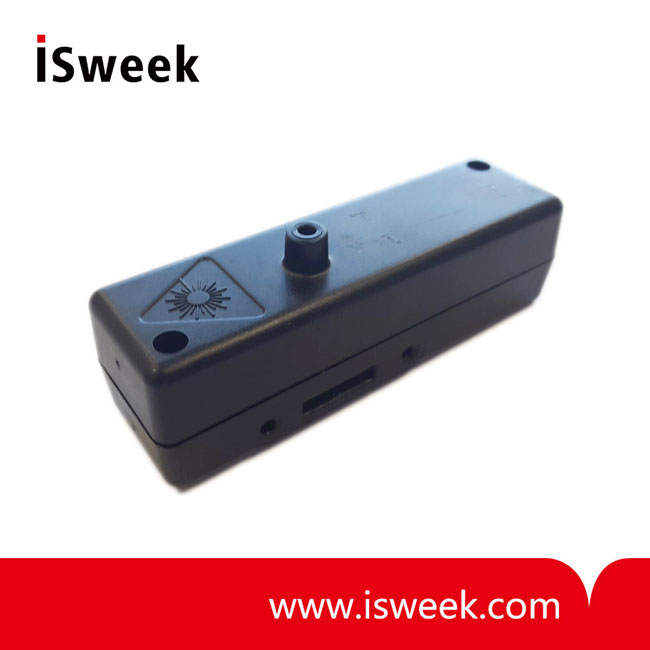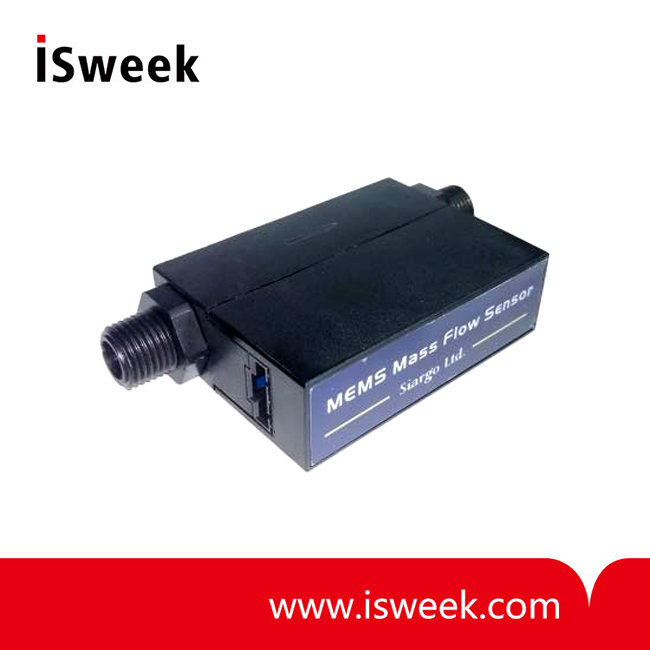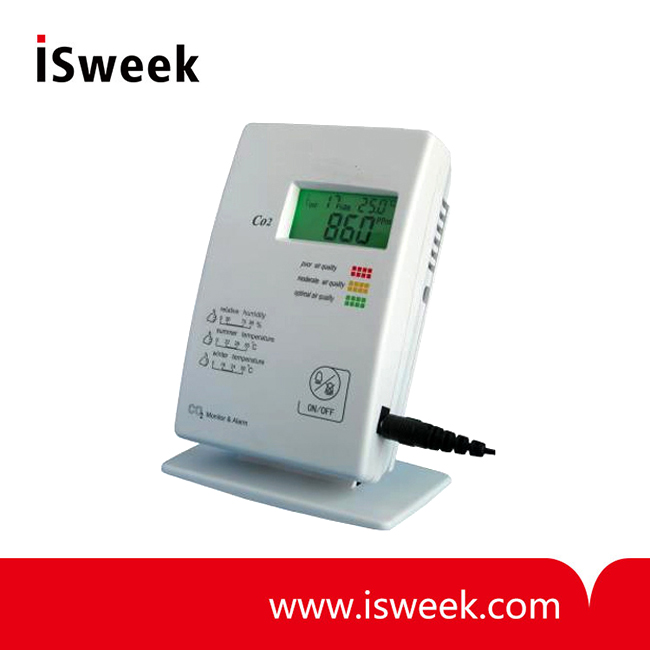Volatile Organic Compounds (VOCs) are carbon-based chemicals that evaporate at room temperature. The term “VOC” may refer to a single compound or collectively to all such compounds.
Scientific Definition Variations
Different organizations define VOCs based on specific regulatory needs:
-
ASTM d3960-98: Organic compounds participating in atmospheric photochemical reactions.
-
US EPA: Carbon compounds in photochemical reactions (excluding CO, CO₂, carbonates, etc.).
-
WHO (1989): TVOCs = VOCs with melting point < room temp & boiling point 50-260°C.
-
China GB/T 18883-2002: TVOCs = Compounds eluting between n-hexane and n-hexadecane on non-polar columns.
▲ Key Insight: These variations exist because VOCs’ environmental impact depends on their photochemical reactivity – a key driver of ground-level ozone formation.
Beyond VOCs: The Organic Spectrum
Atmospheric organics exist in three states:
-
VOCs (Gaseous at room temp)
-
Examples: Formaldehyde, benzene
-
-
SVOCs (Semi-volatile)
-
Transition between gas/particulate phases with temperature changes
-
Examples: Pesticides, flame retardants
-
-
NVOCs (Non-volatile)
-
Bound to particulate matter (PM2.5/PM10)
-
Examples: Heavy hydrocarbon residues
-
Environmental Impact:
All three classes contribute to:
-
Photochemical smog (VOCs + NOx + sunlight → Ozone)
-
Indoor air pollution (WHO attributes 4.3M annual deaths to household air contaminants)
-
Climate feedback loops (e.g., terpenes from forests form cloud nuclei)
Alphasense PID Sensors: Precision VOC Detection
How PIDs Work:
Photoionization Detectors (PIDs) use ultraviolet light to ionize VOCs. When molecules absorb UV photons, they release electrons, generating measurable current proportional to concentration (ppb-ppm range).
ISweek now supplies PID sensors from Alphasense which can detect VOC gas. The features of this product are as follows:
Photoionization Gas Sensor (PID Sensor) – PID-A1
- Large measurement range of 0~6000ppm
- Minimum detectable concentration of VOC is 50ppb
- The light bulb is of 10.6eV
- Long service life of light bulb up to 5000 hours
- Be able to measure most VOC gases
- Linear output

Photoionization Gas Sensor (PID Sensor) – PID-AH
- High resolution of 0~50ppm
- Minimum detectable concentration of VOC is 1ppb
- The light bulb is of 10.6eV
- Long service life of light bulb up to 5000 hours
- Be able to measure most VOC gases
- Linear output









It’s amazing in favor of me to have a website, which is valuable in support of my know-how. thanks admin
I’m really inspired together with your writing skills as smartly as with the format for your blog.
Is this a paid theme or did you modify it your self? Anyway keep up the nice high quality writing, it’s uncommon to look
a nice blog like this one these days..